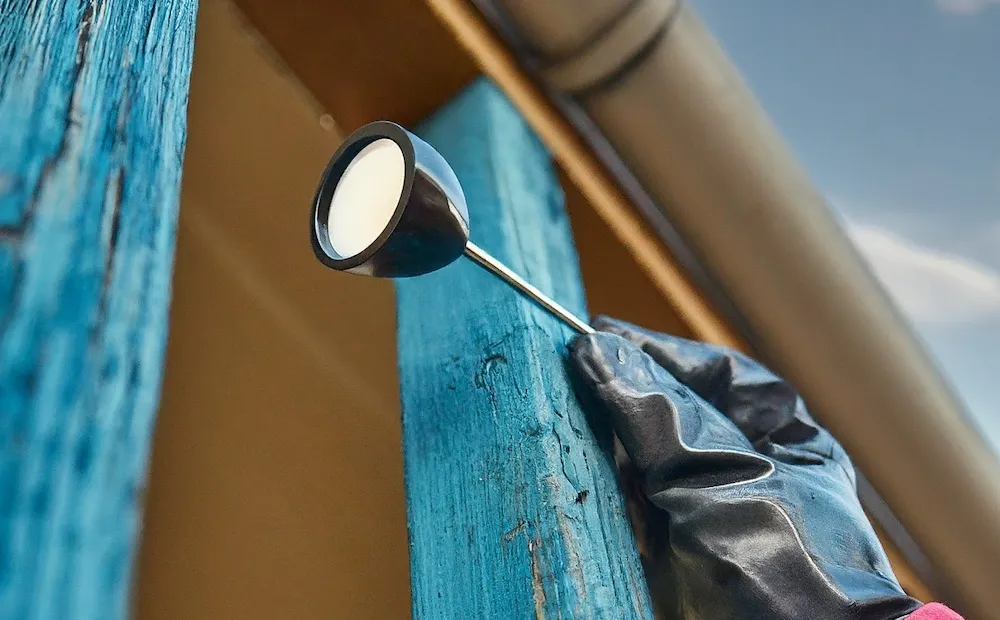Understanding Balcony Inspections: Why They Can Be Ineffective for Estimating Repair Costs
May 30, 2024
Balcony inspections are essential for ensuring the safety and structural integrity of elevated exterior elements in multi-unit residential buildings. California's Senate Bills 721 (SB 721) and 326 (SB 326) mandate regular inspections of balconies, decks, stairways, and walkways. While these inspections are crucial for compliance and safety, they can be ineffective in accurately estimating repair costs. Here's a closer look at how balcony inspections are conducted and why they may fall short in providing a complete picture of the necessary repairs.
How Balcony Inspections Are Conducted
Balcony inspections typically involve the following steps:
- Creating Inspection Holes: Inspectors drill one-inch holes in the balcony surface at intervals of about every 16 inches. These small openings allow them to insert a camera to visually examine the condition of the internal structure.
- Camera Inspection and Photography: The camera captures photos and videos of the internal components of the balcony, such as the wood framing and waterproofing elements.
- Report Generation: Based on the visual evidence, inspectors write a report detailing their findings. If they observe any signs of damage, such as blackened wood, they may recommend repairs.
Limitations of Current Inspection Methods
While these methods provide some insights, they have significant limitations:
- Limited Precision: The small inspection holes and reliance on photos mean that inspectors can only see a fraction of the balcony's internal structure. This often results in incomplete or inaccurate assessments.
- Visual Misjudgments: Inspectors might base their recommendations on visual cues alone, such as the color of the wood. Blackened wood, for instance, might suggest damage, but it doesn't necessarily provide a complete picture of the extent or severity of the issue.
- Incomplete Reports: Because the inspection is limited to small, sporadic sections, the resulting reports might not capture all potential problems. This can lead to underestimating the scope and cost of necessary repairs.
Improving Inspection Accuracy
To obtain a more accurate assessment, a more thorough inspection approach is recommended:
- Larger Inspection Openings: Creating larger holes allows for a more comprehensive view of the internal structure. This approach, although more invasive, can reveal hidden issues that small holes might miss.
- Multisensory Inspection: Using not just sight but also touch and smell can provide a better understanding of the balcony's condition. For example, poking the wood to check for softness or rot, smelling for mold, and visually examining larger sections can yield more accurate results.
- Comprehensive Documentation: Detailed photos, coupled with physical examinations, can offer a more reliable basis for estimating repair costs.
The Role of SB 721 and SB 326
Both SB 721 and SB 326 emphasize the importance of regular inspections:
- SB 721: Applies to apartment buildings with three or more dwelling units. Inspections must be completed by January 1, 2025, and every six years thereafter.
- SB 326: Applies to condominiums and Common Interest Developments (CIDs) with three or more units. Initial inspections are also required by January 1, 2025, with subsequent inspections every nine years.
These regulations are designed to ensure ongoing safety, but the effectiveness of the inspections in estimating repair costs depends significantly on the thoroughness of the inspection process.
Conclusion: Ensuring Effective Inspections
While SB 721 and SB 326 set the framework for regular balcony inspections, property owners and managers should strive for more accurate and comprehensive assessments to avoid underestimating repair costs. Employing methods that go beyond simple camera inspections—such as larger openings and multisensory evaluations—can provide a clearer understanding of the balcony's condition and help ensure safety and compliance.
At Contech Inc., we are here to assist with all aspects of balcony inspections, design, renovation, and construction. Our experienced team can help ensure that your property meets all safety standards and regulatory requirements. Contact us today for more information on how we can support your compliance with SB 721 and SB 326.

